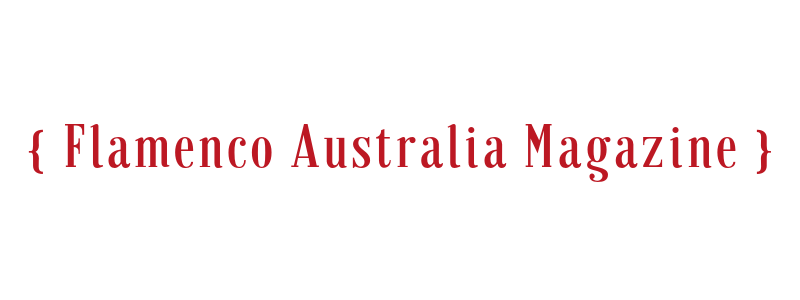A guide to flamenco venues in Spain
Whether you’re an aficionado or you know nothing about flamenco, if you’re visiting Spain, chances are you’re going to want to see a flamenco show. It’s an iconic image of Spanish culture. In fact, flamenco venues are mostly concentrated in Andalusia in the South of Spain, where flamenco originates from. However Madrid and Barcelona also boast renowned flamenco venues. Here we take a look at the different types of places where you can encounter flamenco.
Tablaos
A tablao is a dedicated flamenco venue. The term refers to the platform or stage where the performance takes place (tablado in Spanish). These venues are devoted to flamenco and are open regularly on a daily or weekly basis. Most tablaos feature professional flamenco singers, guitarists and dancers. A tablao may also have a bar or restaurant, and serve drinks or meals before or during the show. Cover charges vary with some tablaos charging higher prices that include a drink with the ticket. Tablaos range widely in what they offer so compare reviews before you choose where to go. They are a great choice for anyone wanting to see professional flamenco.
Peñas
The word peña means ‘club’, so a peña flamenca is simply a flamenco club. These venues have performance areas and often a bar and restaurant too. Members pay to belong to the club, which usually entitles them to free entry to the club’s events. Shows and other gatherings at peñas may be held once a week and are often open to the general public with a small entrance fee. Some events may feature one or two dancers and others are singing and guitar only. Peñas are a great way to get up close to the action among a passionate crowd of flamenco lovers, many of whom will be locals.
Festivals and theatre shows
Staged theatre shows are certainly common abroad as many flamenco companies tour around the world. These types of performances are also found in Spain either as standalone productions or part of festivals such as the Festival de Jerez or Seville’s Bienal. Staged shows are understandably well rehearsed, more formal events. Prices can vary depending on the artists and location.
Singer Cristina Regajo Bravo performing in a fin de fiesta at Zenith in Seville
Buskers and other free shows
Street performers can often be found in bigger cities. You may see a flamenco guitarist on the streets of Granada, or a dancer with a loudspeaker and a small, transportable dance floor in Madrid. It’s also common in Seville to see groups of buskers with one or two dancers, a guitarist and a singer. Flamenco street artists are very often flamenco students, busking as a way of getting experience and earning some extra cash. They are unlikely to be experienced artists but that doesn’t mean they’re not good. While the performance is free, if you enjoy it then give the performers a tip to show your appreciation!
Bars and other small venues
Small bars and studio venues in flamenco centres such as Seville often stage shows on a weekly basis, charging a small entrance fee. These spaces are a great place to see flamenco students and those starting out in their flamenco career. Like street performances, the artists may have less experience than in a professional tablao, but that doesn’t mean it won’t be good quality. And if you attend one of these events, there will almost certainly be a fin de fiesta where the audience is invited onstage for a short bulerías at the end of the show. A great way to dip your toe in the water!
If you have any tips about seeing flamenco in Spain, please share your comments below!

